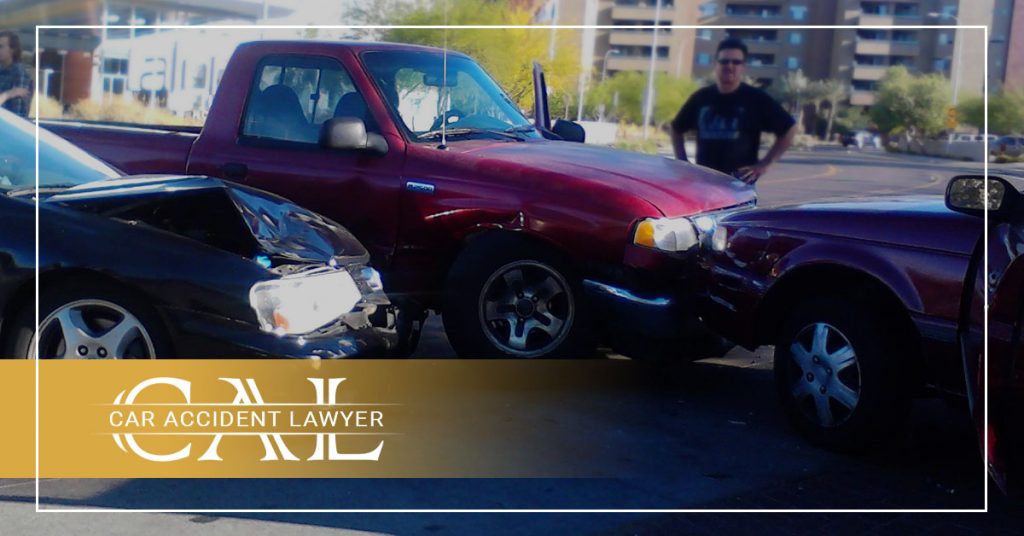In 2017, there were nearly 3,500 fatal head-on collisions in the U.S.
While head-on collisions are less common than other types of vehicle accidents, the outcome can be catastrophic when they do occur.
When something as unexpected as a head-on collision happens to you, it can be hard to know what to do next.
Let’s look at what you need to know about head-on collisions and what to do if you’ve been in one.
What Is a Head-On Collision?
A head-on collision is when two cars that are driving in the opposite direction hit each other front to front. This is also called a “frontal” crash.
While an individual can be injured in any type of car accident, head-on collisions are statistically more likely to result in death or serious injury.
What Are Common Causes of Head-On Collisions?
Sometimes, accidents happen. It’s possible that a head-on collision could be caused by some kind of mechanical failures like a power steering outage or brake failure.
Most of the time, though, head-on collisions happen because one driver is driving on the wrong side of the road. A common reason this happens is that drivers are distracted, impaired by drugs or alcohol, passing unsafely, drowsy, or confused.
Another reason a driver might end up in the wrong lane is if they have to swerve to avoid something. Things like an animal in the road, an icy patch, or debris could cause a driver to end up in the opposite lane of traffic.
What Are Common Head-On Collision Injuries?
Sadly, catastrophic or even fatal injuries are not uncommon results of head-on collisions. Some of the most common head-on collision injuries are:
- Head injuries
- Neck injuries
- Spinal injuries
- Leg injuries
- Internal injuries
Secondary injuries can also occur, as with any other type of car accident, from flying debris and glass. If the vehicle rolls or crashes into another car after the initial impact, this can cause even more injuries.
What Do You Do If You’ve Been in a Head-On Collision?
Being in a head-on collision can cause you to feel paralyzed with shock, fear, and apprehension. This is particularly true if someone has been seriously injured or killed in the accident.
Stay Calm
While it’s easier said than done after having been in a serious accident, you’ll want to try and stay as calm as possible. Take a few deep breaths. This will help you handle head-on collision aftermath and assess what’s going on.
Keep Yourself and Others Safe
Sometimes it isn’t safe to try and get out of the car after a head-on collision. If this is the case, turn on your hazard lights and keep your seatbelt on. Call 911 if you are able to and sit tight until help arrives.
If the collision occurred at low speeds and seems to be minor, turn your car off and take your emergency kit with you.
If no one has been injured and you can drive your vehicle, you can make a reasonable attempt to move the car to a spot where it is safe and not blocking traffic, such as a parking lot or the shoulder of a highway. State laws vary, though, and in some places, it’s illegal to move your car from the scene where the crash occurred.
Check For Injuries, Report the Incident, and Seek Medical Attention
With head-on collisions at high speeds, there will likely be injuries. Check-in with yourself and the passengers of your car and see if anyone has been injured. Remember, not all injuries can be seen.
When you call 911, you’ll need to give them certain information. They’ll ask for your name and phone number. They’ll also ask what happened and where the accident occurred.
You should stay on the line with the emergency dispatcher until they tell you that it’s alright to hang up.
If the accident happened at low speeds and no one was injured, in some places the police won’t come to the scene. If this is the case, you’ll want to file a vehicle incident report by going to a police station.
Take Down Driver Information
When you’ve been involved in a crash with another vehicle, you’ll want to take down the driver’s information. Takedown their license number, name, phone number, address, insurance company, license plate number, and insurance policy number. If they aren’t the owner of the vehicle they were driving, make sure to get the information of the owner.
Take Notes
If you aren’t hurt and the crash was minor, take pictures and notes while the details are still fresh in your memory. This can help you both in an insurance claim and in a court case. Draw a diagram of exactly what happened and where.
If the crash was major, as many head-on collisions are, the police should be involved in documenting what happened.
Talk to a Lawyer
It can be hard to know right away who’s at fault in a head-on collision. On top of that, dealing with insurance after a traumatic car accident can be unpleasant and difficult.
When you talk to a personal injury attorney, they can help prove that you weren’t at fault as well as help you navigate the insurance process.
If a head-on collision leads to an injury or death in your family, then the claim should be paid by the at-fault driver’s insurance company.
Contact a Lawyer If You’ve Been in a Head-On Collision
Being in a head-on collision can be traumatic and cause life-long injuries. If you’ve been injured or have lost a loved one in a head-on collision, contact an attorney to help you navigate the insurance and court process.
If you’ve been in a car accident in Tampa, Florida, contact the Car Accident Lawyer today.

